Why Brookfield Asset Management Remains a Strong Buy for Income and Growth Investors
Why Brookfield Asset Management Remains a Strong Buy for Income and Growth Investors
Brookfield Asset Management (BAM) shares a close relationship with Wall Street's performance, prompting questions about its future as the S&P 500 hovers near historic highs. However, a deeper look at its unique approach shows why this Canadian asset manager stands out as a promising choice for both income and growth-oriented investors.
Understanding Brookfield Asset Management's Business Model
Brookfield Asset Management generates revenue by handling investments for a wide range of clients, including businesses and individuals, and charging management fees for these services. While this structure is common among asset managers, Brookfield differentiates itself through its focus on alternative assets.
Market Movements and Asset Managers
Generally, asset managers' fortunes rise and fall with the stock market. When markets boom, money flows in and asset values increase, boosting revenues. Conversely, market downturns can cause investors to withdraw funds and decrease asset values, negatively impacting earnings. While Brookfield is not immune to these market cycles, its business model offers added resilience.
Focus on Alternative Assets and Stability
Brookfield specializes in alternative assets—such as infrastructure, renewable energy, and real estate—that often perform differently than traditional stock markets. This focus attracts institutional investors with long-term perspectives and stable capital, making Brookfield's assets under management less volatile. The company’s emphasis on infrastructure in particular means investments are made with the intention of generating steady cash flows over the long run, not just quick profits.
Building for Long-Term Growth
Brookfield Asset Management currently manages around $550 billion in fee-generating assets, spread across renewable energy, infrastructure, real estate, private equity, and credit. Most of these investments are inherently long-term, with the exception of credit, where its Oaktree business is known for its contrarian approach.
Ambitious Growth Targets
The company aims to double its fee-generating assets to $1.1 trillion by 2030. Management expects growth across every asset class, drawing on global trends like clean energy, digital transformation, and de-globalization.
The Dividend Opportunity
A key highlight for investors is Brookfield’s commitment to increasing shareholder returns. Most recently, the company raised its dividend by 15%. If Brookfield achieves its business goals, it anticipates continuing to grow dividends at this strong pace each year through the end of the decade. Combined with its above-average 3.1% current yield, Brookfield offers both income potential and capital appreciation.
Look Beyond Short-Term Stock Swings
A broad market downturn might pull down Brookfield’s stock price in the short term, similar to other companies. However, this would not necessarily reflect the underlying strength or success of its operations. Investors focused on Brookfield’s long-term growth strategy and dividend potential may find this an attractive moment to consider the stock, regardless of market sentiment.
--- This content is for informational purposes only and does not constitute financial advice.

